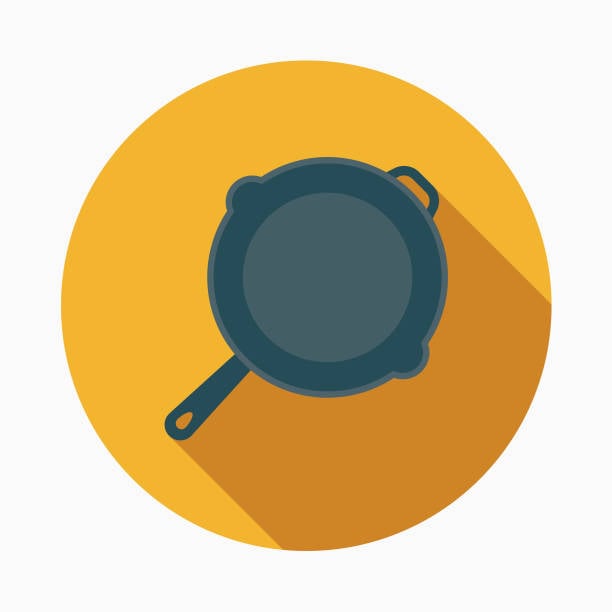cross-posted from: https://lemmy.today/post/9250689
How do I test cast iron cookware for lead
So I found a griddle that was in pretty bad shape seasoning wise so I stripped it and noticed a small shiny area which worried me about lead. I ordered some lead tests that stated they were for metal (no specifics) and after doing the tests it came back positive. But this got me wondering if iron reacts with sodium rhodizonate, the main ingredient in these lead tests, to give false positives and load and behold it does. I confirmed this with another cast iron cookware that I know 100% never touched lead. So my question is how the hell do I test this? Everyone keeps recommending the same sodium rhodizonate lead test swabs just with different brand names.
Tldr: After stripping a griddle and finding a shiny spot, I tested it for lead and it came back positive, leading to concerns about the reaction between iron and sodium rhodizonate. The question is how to accurately test for lead contamination in the griddle without potential false positives from the test method recommended by others?
Edit: wanted to add some more info. I did experiment with the test themselves to see how reliable they were and they passed it so I don’t suspect its the test themselves but the chemical reaction between iron and the sodium rhodizonate


The main issue with lead contamination in cast iron cookware is that people sometimes use it to melt lead for things like making bullets and fishing weights.
So in most cases griddles are probably pretty safe, they have a very shallow if any rim, so they’re not exactly ideal for holding a puddle of molten metal and pouring it into a mold. I’d be more concerned with pots and skillet that could hold liquid a little better.
That’s not to say there’s no risk though, I could certainly imagine someone using a griddle as a convenient heat-resistant surface to pour out leftover lead to cool on afterwards, but that’s probably significantly less common.
Yeah I can totally see that. I’m mostly just worried about a certain area being shinier and lighter in color compared to the rest of the griddle on the cooking surface. Must of been to repair a crack. I’m going to see if anything melts at around 622°f to determine if the material they used to fill is lead hopefully I don’t warp it or anything.